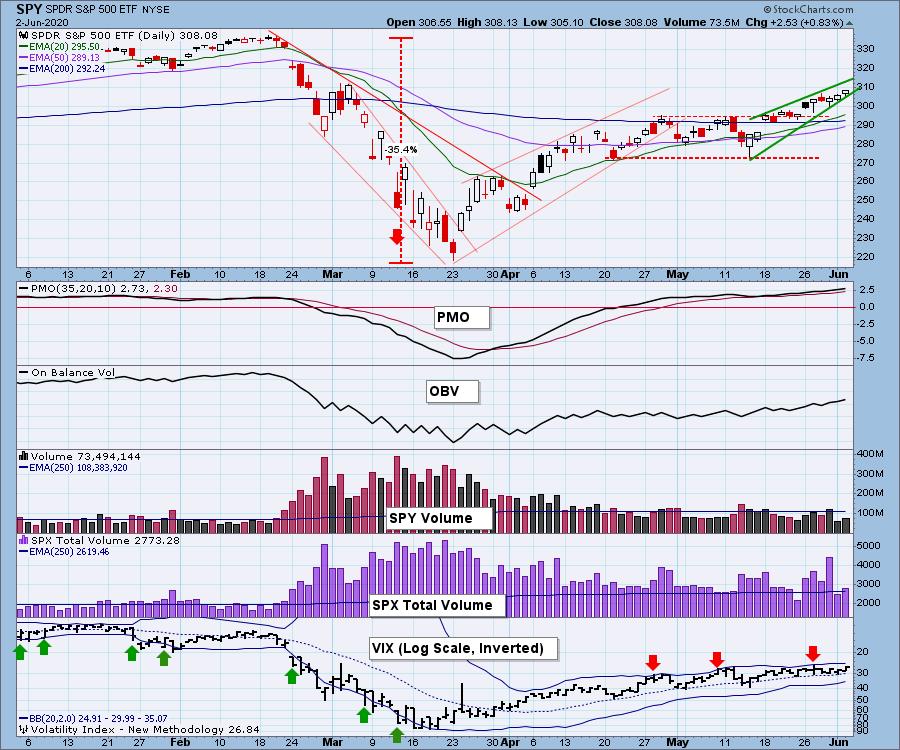

The rising wedge pattern is among the difficult patterns to identify.
Rising wedge bullish breakout how to#
How to Identify a Good Rising Wedge Pattern? The pattern ranked 32nd out of 39 chart patterns for upward breakouts and ranked last out of 36 chart patterns for downward breakouts. According to his findings, the rising wedge tends to perform better in upward breakouts, compared to downward breakouts. He analyzed daily data on US equities and identified over 1,400 trades based on the breakout of the rising wedge pattern. Thomas Bulkowski is known for conducting one of the most comprehensive publicly available studies on chart patterns. However, this is less common than the bearish reversal scenario.

If the pattern forms in an uptrend and the price breaks above the upper trendline, it may indicate that the bulls are still in control and the price is likely to continue higher. On the other hand, there are cases where the rising wedge pattern can act as a continuation pattern. EURUSD H1 – Rising Wedge Pattern – example of bearish reversal pattern However, it’s important to note that each subsequent peak and trough is getting shorter than the last, indicating that bearish momentum is building. At first, the pattern may appear to be a bullish move.

The rising wedge is commonly considered a bearish reversal pattern. Is the Rising Wedge Pattern a Continuation or Reversal Pattern? Rising Wedge patterns can play different roles, serving as consolidation patterns against or with the prevailing trend or as topping patterns, particularly when accompanying a liquidity run peak. The price usually stays within the trendlines (with no intraday or fake breakouts) until the final breakout occurs. Rising Wedge patterns are more common during consolidation periods, but they can provide more significant signal after a peak has already been established. When the price approaches the apex of the rising wedge, the trading range mostly narrows, and often there is a sharp downward breakout that signals a reversal in the previous uptrend.
Rising wedge bullish breakout series#
Rising wedge patterns often occur during periods of consolidation in an uptrend and are identified by a series of upward moves that converge to form a wedge shape, creating a series of rising price actions. A rising wedge has both lines heading upward, with the lower bound rising more quickly than the upper bound.


 0 kommentar(er)
0 kommentar(er)
